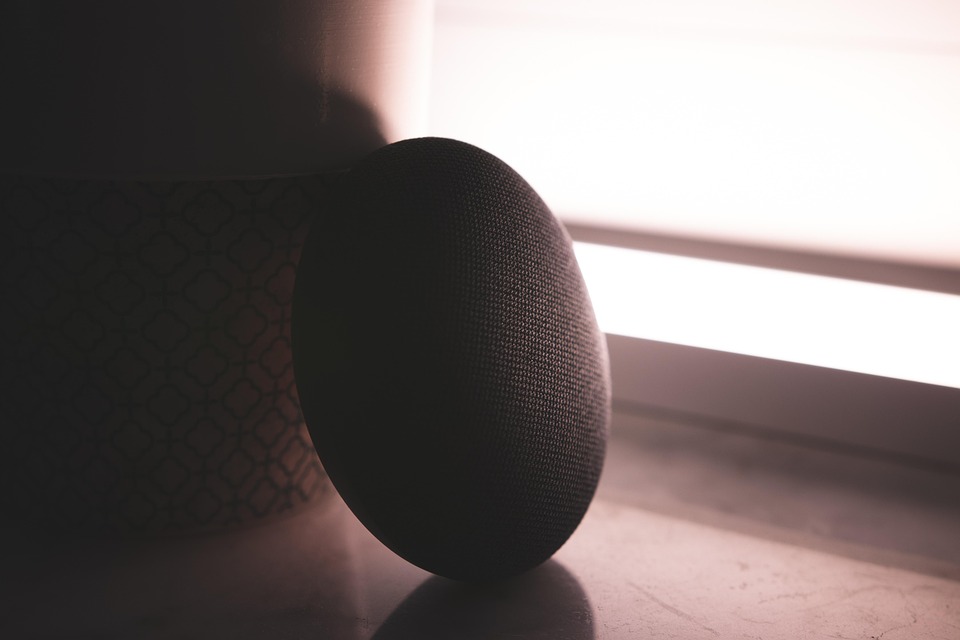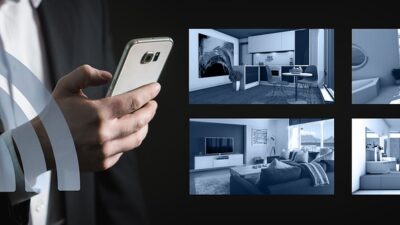In a world that is continually evolving, the concept of home is undergoing a significant transformation. No longer are we bound by the traditional confines of living spaces defined merely by walls and furniture; the smart home revolution is here, and it’s redefining comfort and convenience in unprecedented ways. Imagine a home that anticipates your needs, enhances your lifestyle, and optimizes efficiency—this is not a distant dream but a present reality largely powered by the Internet of Things (IoT) and advanced technologies.
The Smart Home Landscape
At its core, a smart home integrates various devices and systems connected to the internet, allowing them to communicate and be controlled remotely through smartphones or voice-activated assistants. This technological ecosystem includes everything from smart thermostats and lighting systems to security cameras and kitchen appliances.
The rise of smart homes is not just about convenience; it’s also about creating environments that adapt to our lifestyles. These innovations prioritize energy efficiency, security, and personalization, catering to the unique preferences of every family.
Key Features of Smart Homes
-
Energy Efficiency: Smart Thermostats like Nest or Ecobee learn your routines and optimize heating and cooling settings automatically, resulting in reduced energy consumption and lower utility bills. Smart lighting systems, such as Philips Hue, allow you to adjust the brightness based on the time of day, enhancing efficiency while creating the desired ambiance.
-
Enhanced Security: Security is a top priority for any homeowner, and smart homes excel in this area. Innovations like smart locks, video doorbells, and security cameras enable homeowners to monitor their properties in real-time, ensuring they have complete control over who enters and exits their space.
-
Voice Activation and Automation: With devices like Amazon Alexa and Google Assistant, many household tasks can be performed hands-free. You can adjust the lighting, play music, or even manage your shopping lists with simple voice commands. Moreover, automation allows homeowners to set routines—such as turning the lights on and off at specific times—further enhancing convenience.
-
Health Monitoring: The integration of smart technology extends beyond general comfort; it also emphasizes health. Devices can monitor air quality, humidity levels, and even your physical activity. Smart speakers can remind you to take medication or provide workout prompts, keeping your well-being at the forefront.
- Seamless Connectivity: The strength of a smart home lies in its interconnectedness. Smart hubs, like Samsung SmartThings, allow different devices to work in harmony, creating a coherent smart home ecosystem. This level of integration can make daily life smoother and more enjoyable.
Transforming Everyday Life
The impact of smart home technology on daily living is profound. For example, imagine coming home after a long day at work. As you approach your front door, the smart lock recognizes your presence, unlocking the door before you even reach for your keys. Inside, the lights illuminate, and your favorite playlist begins to play—all without you lifting a finger.
Furthermore, for families juggling various activities and schedules, smart homes can optimize day-to-day operations. Parents can remotely manage home security while keeping track of their children’s access to devices. Automated grocery lists based on inventory monitoring simplify shopping, while smart assistants keep everyone organized through reminders.
The Future of Smart Homes
As technology continues to advance, the potential applications of smart home systems are virtually limitless. Artificial Intelligence (AI) is expected to play a significant role in the next wave of innovations. AI can learn user behaviors, preferences, and patterns, making predictions that will further enhance personal comfort and energy efficiency.
Moreover, as sustainability becomes increasingly important, smart homes will integrate more renewable energy solutions, such as solar panels and energy storage systems, to reduce their carbon footprint. Environmental considerations will not only shape technology design but will also influence consumer habits and preferences.
Conclusion
In summary, the smart home revolution is unlocking the future of living by prioritizing comfort, convenience, and efficiency. As technology continues to evolve, our homes will become more than just a physical structure; they will transform into personalized sanctuaries that cater to our every need. The ongoing integration of smart technology will enable us to live more sustainably and comfortably, ultimately redefining our everyday experiences. Embracing this change opens the door to a future that is smarter, safer, and more connected than ever before. It’s time to unlock the full potential of our homes and with it, our lives.



